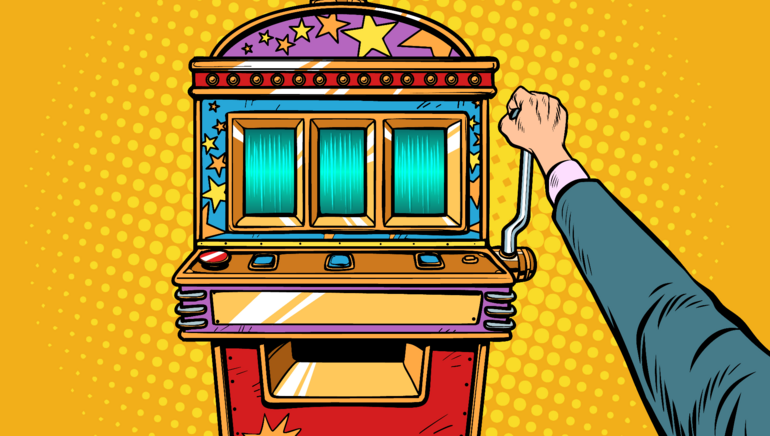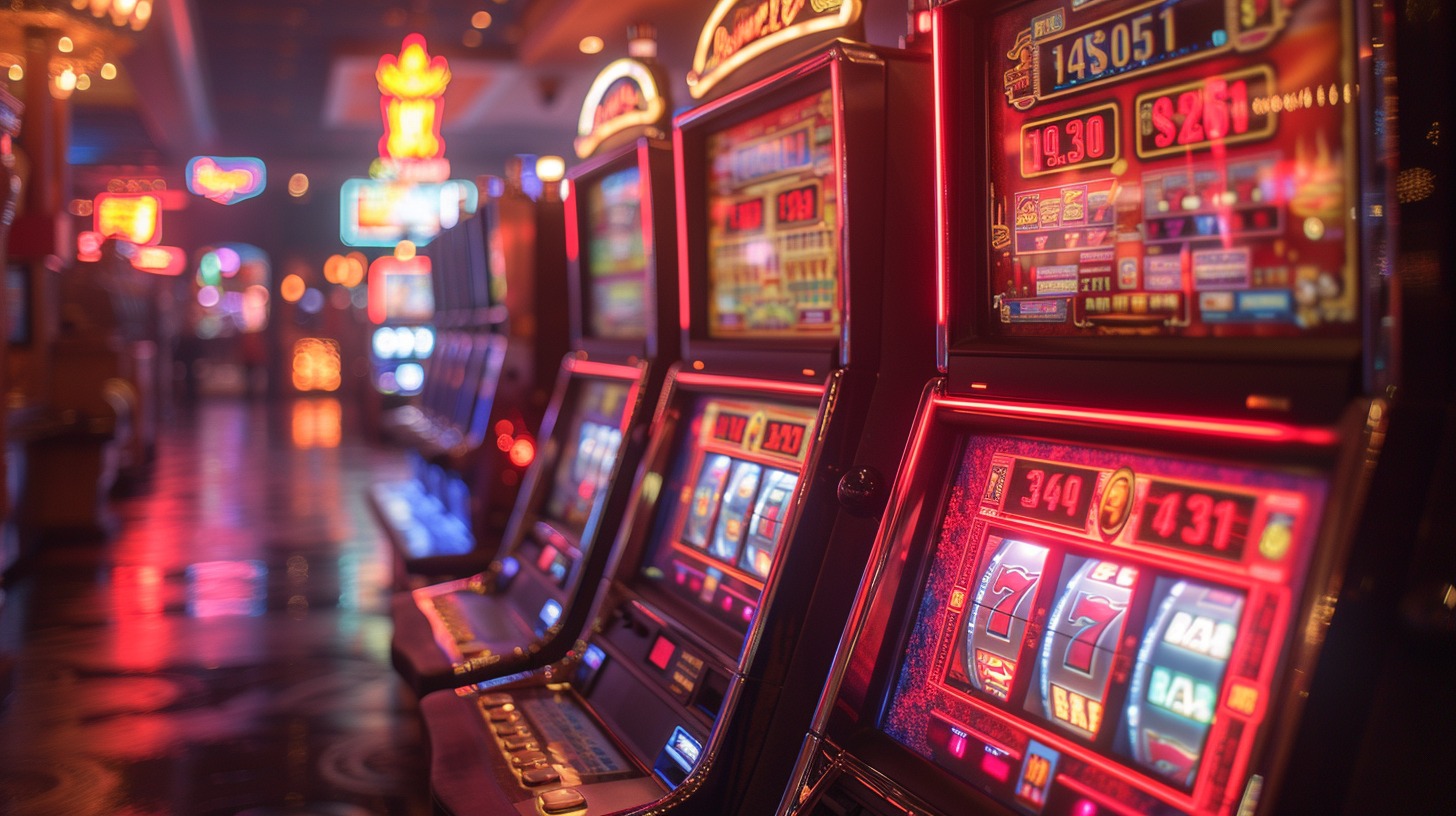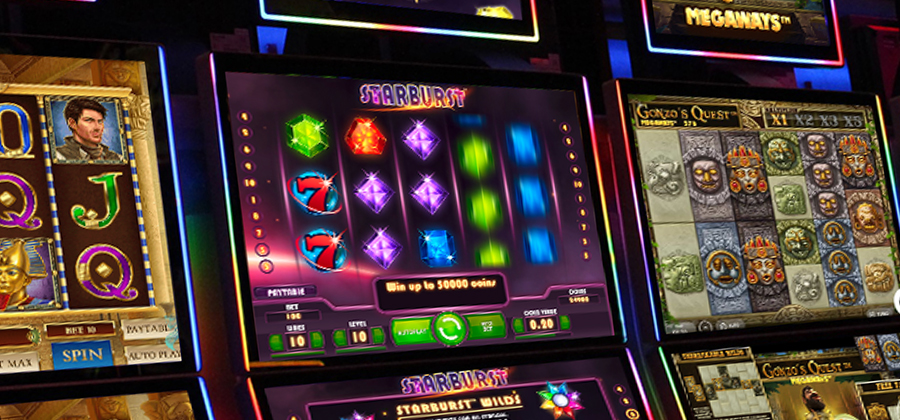From mechanical devices to sophisticated and modern electronic marvels, the evolution of slot machines has been nothing short of astonishing. Since their humble beginnings they have come a long way and significantly shaped the world of gambling as we know it today.
Before electronic slots became mainstream, these mechanical machines required players to pull a lever in order to activate the reels. That all changed in 1960 when Bally released Money Honey as the first electromechanical slot machine.
Origins
Slot machines have long been a favorite among punters worldwide. From casinos to smartphone apps, there are thousands of choices when it comes to playing a slot machine game.
Slot machines can be traced back to Charles Fey, a Bavarian-born American inventor. His workshop in San Francisco was where the first slot machine was created.
Fey made changes to these machines that allowed for them to pay out directly in coins without the need for an attendant to monitor payout.
Once prohibition ended in the 1930s, slot machines saw a sudden surge in popularity. To comply with gambling laws while keeping their machines popular, operators found ways of making their machines comply while also remaining popular, including offering prizes like lemons, oranges and cherries as prizes.
Symbols
As you play slot machines, symbols may pay out prizes or activate bonus features – these could include standard reel symbols, wilds, scatters or multiplier symbols.
Symbols play an integral part of any casino game, creating winning combinations that give you a chance at profit. To win big, at least three symbols on an active pay line need to come together.
Slot machine symbols consist of the standard playing cards: tens, jacks, queens, kings, and aces. Additionally, these slots also contain unique graphics which represent their theme or create eye-catching visual effects that stand out.
The Wild Symbol is another important slot symbol, serving to complete winning lines by replacing any other symbol with it. Sometimes multiple wilds may even act together and increase payouts!
Payouts
Slot machines provide a range of payouts, from smaller rewards to large jackpot prizes. Your success in winning depends on both the paytable of each game you choose and how many coins are bet in that session.
Maximum bets typically yield the highest payback percentages on slot machines; however, this may not always be true as manufacturers often construct machines with incentives built into their pay tables to encourage players to place maximum bets.
A slot’s payout percentage is a mathematical estimate of how much money will be returned to players over time; it is calculated based on simulations performed over several years.
Casinos typically publish slot payback percentages on their rules or information pages for games, as well as game developer websites. Before you visit your local casino, it’s a good idea to perform an experiment of their payout percentage before playing any slot machines there.
Electronics
Slot machines consist of various electronic components connected via buttons and switches, connected together by touch screens or touchless technology. Some more sophisticated models may even contain computers and optical sensors capable of reading out your winning combinations in real-time – this innovation is relatively new to gaming industry but has resulted in some of the highest stakes casino games ever witnessed! With no need to leave home to experience it all either!




